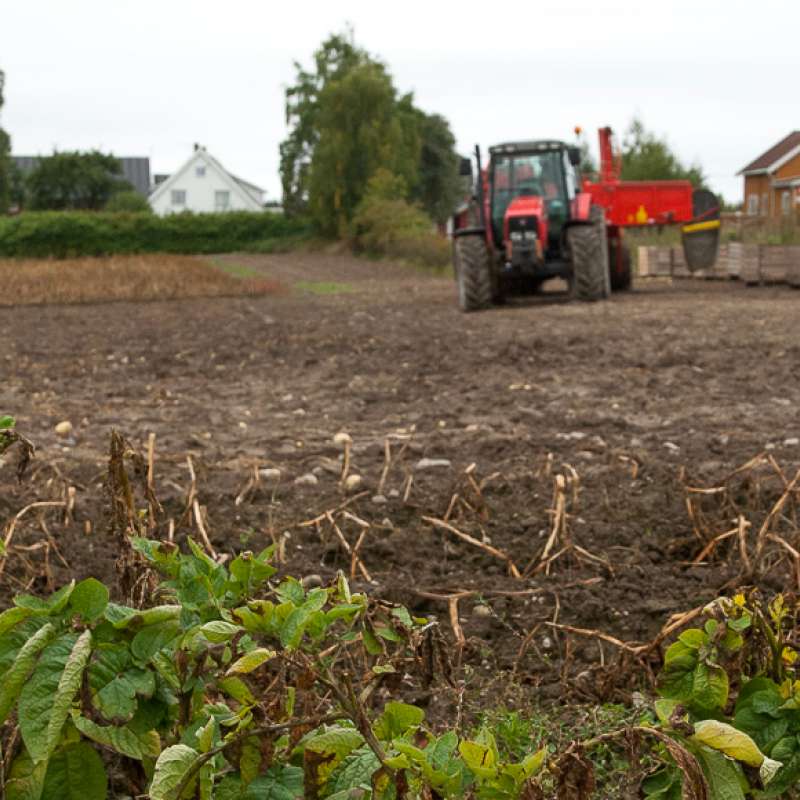Torfinn Torp
Seniorrådgiver (pensjonistavtale)
Sammendrag
Funn fra PROLAND: Soppmidler og mikroplast i jorda Forskerne i PROLAND-prosjektet har undersøkt hva som skjer når soppmidler enten adsorberes på bionedbrytbar plastfolie som blir pløyd ned i jorda, kontra at de blandes direkte i jorda. Har dette noe å si for nedbrytningen av soppmidlene? Forskerne har fulgt nedbrytningsforløpet til tre soppmidler tillatt i norsk landbruk, og har nå svaret… Vi får også et unikt innblikk i hvordan meitemarken – naturens egen jordbearbeider – påvirkes av mikroplast. Hvor lang tid tar det for eksempel før en mikroplastpartikkel passerer gjennom meitemarkens tarm? Temaet er kanskje lite delikat på selveste valentinsdagen, men passer utmerket for oss som er nysgjerrige på mikroplastens mobilitet i jorda.
Sammendrag
Since the 1950s, the use of plastics in agriculture has helped solving many challenges related to food production, while its persistence and mismanagement has led to the plastic pollution we face today. A variety of biodegradable plastic products have thus been marketed, with the aim to solve plastic pollution through complete degradation after use. But the environmental conditions for rapid and complete degradation are not necessarily fulfilled, and the possibility that biodegradable plastics may also contribute to plastic pollution must be evaluated. A two-year field experiment with biodegradable mulches (BDMs) based on polybutylene adipate terephthalate (PBAT/starch and PBAT/polylactic acid) buried in several agricultural soils in mesh bags showed that also under colder climatic conditions does degradation occur, involving fragmentation after two months and depolymerization by hydrolysis, as shown by Fourier-transform infrared spectroscopy. The phytopathogenic fungus Rhizoctonia solani was found to be associated with BDM degradation, and the formation of biodegradable microplastics was observed throughout the experimental period. Between 52 and 93 % of the original BDM mass was recovered after two years, suggesting that accumulation is likely to happen in cold climatic regions when BDM is repeatedly used every year. Mass loss followed negative quadratic functions, implying increasing mass loss rates over time. Despite the range of climatic and edaphic factors, with various agricultural practices and vegetable productions at the study locations, the parameters that significantly favored in situ BDM degradation were higher soil organic matter content and temperatures.
Forfattere
Björn Ringselle Trond Børresen Anneli Lundkvist Kjell Mangerud Øystein Skagestad Torfinn Torp Theo Verwijst Lars Olav BrandsæterSammendrag
Det er ikke registrert sammendrag

